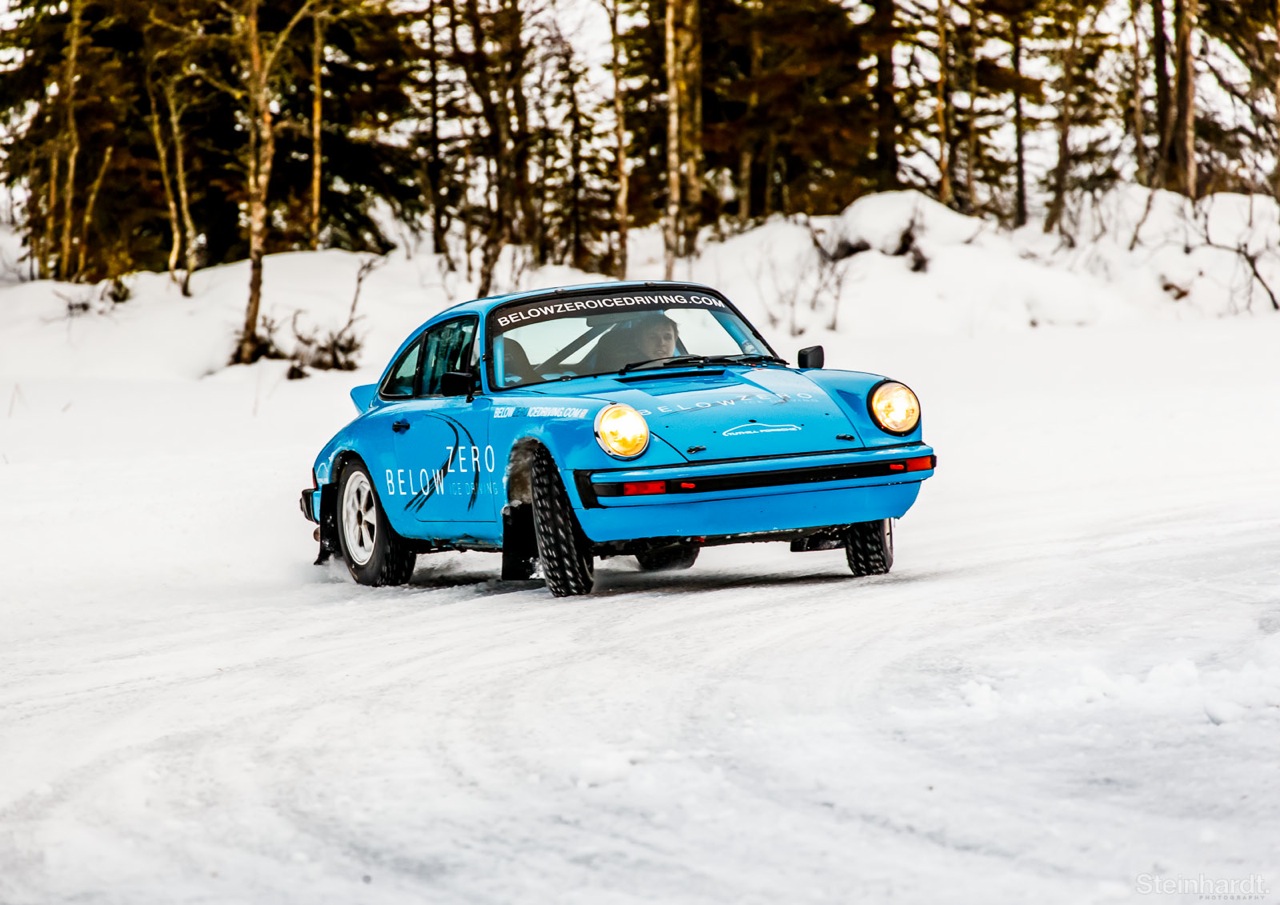 By Lee Sibley
3 years ago
By Lee Sibley
3 years ago
Pinky Lai: how I designed the Porsche 996
In a candid interview, 996 designer Pinky Lai explains how he and his team built the 911 which saved Porsche from going out of business
The 996-generation Porsche 911 is at last finding favour among enthusiasts who appreciate its value for money and lack of nannying computers which prevailed on subsequent 997 and 991 generations. But it's not always been that way: the 996 remains the most controversial 911 yet for its departure from traditional 911 styling, as well the oft-documented concerns around IMS bearings.
Yet people forget it was the 996 911 with saved Porsche: without its commercial success and clever platform sharing with the 996 Boxster, the company would no longer exist. There would be no Carrera GT, no 918, no GT3. No Porsche. The man behind the 996 is designer mr Pinky Lai.
This video therefore carries huge historical significance: in an exclusive for 9WERKS, Pinky Lai, designer of the Porsche 996, joins Lee Sibley for a lengthy conversation about life at Porsche before, during, and after the 996's release. Pinky's honesty and humility is evident as he opens up about what life was like at Porsche in the 1990s, how important it was to get the water-cooled 996 right in order to save the company, and how it's viewed today, 20 years on, as a modern classic.
Yet people forget it was the 996 911 with saved Porsche: without its commercial success and clever platform sharing with the 996 Boxster, the company would no longer exist. There would be no Carrera GT, no 918, no GT3. No Porsche. The man behind the 996 is designer mr Pinky Lai.
This video therefore carries huge historical significance: in an exclusive for 9WERKS, Pinky Lai, designer of the Porsche 996, joins Lee Sibley for a lengthy conversation about life at Porsche before, during, and after the 996's release. Pinky's honesty and humility is evident as he opens up about what life was like at Porsche in the 1990s, how important it was to get the water-cooled 996 right in order to save the company, and how it's viewed today, 20 years on, as a modern classic.